DRY BEANS, Part I: What are they?
Dry beans are those that are harvested dry and ripe. Dry edible beans are used for human
food. They are an excellent source of protein, fiber and energy. Dry edible beans are
legumes because they enrich the soil with nitrogen, which is important for growing healthy
crops and maintaining soil quality. New World explorer Christopher Columbus found beans in
Cuba during the 16th century and took them back to Europe, where they were considered to
be a special treat.
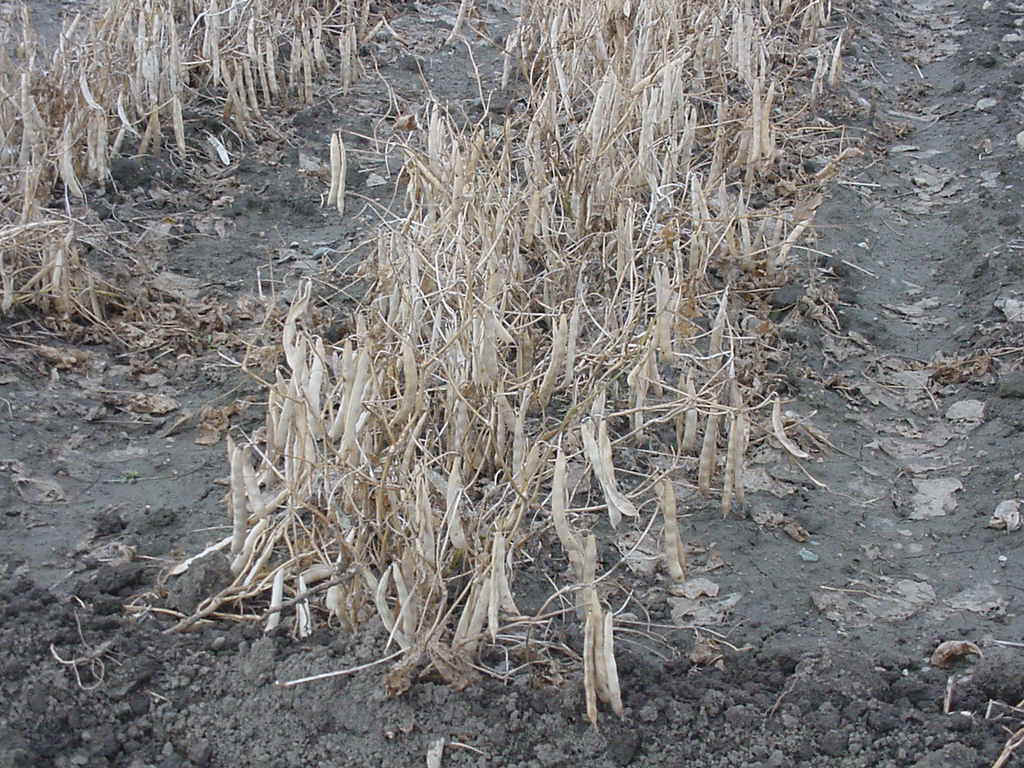
Source:
Photograph by Randy Schaetzl, Professor of Geography - Michigan State University
Michigan grows eight commercial classes of beans: navy, small white,
black turtle, pinto, light red kidney, dark red kidney, cranberry and yellow eye. Seventy
percent of beans produced in the state are of the navy variety. The light red kidney
bean is large and kidney shaped. These beans are often used in chili and are commonly sold
at grocery stores. We do not grow lima, garbanzo or great northern beans. Pinto
beans, which we also do not grow, are the ones commonly used in Mexican dishes, such as
refried beans.
Once described as the "poor man's meal", the bean plays a
critical role in feeding today's world. With the exception of meat products, this Michigan
specialty is the highest source of protein available. Beans also have more fiber than any
other unprocessed food. They are low in sodium and fat and high in calcium, phosphorus,
potassium, thiamine and niacin. They help reduce blood cholesterol levels and their low
amounts of sodium and fat help protect against heart disease.
Michigan is second in the nation IN TOTAL
DRY BEAN PRODUCTION with 22% of the total; North Dakota is first (1999 data). In
order of Michigan's harvested acreage, navy beans are first (43% of the acreage), black
turtle beans are second (31%), and cranberry beans are third (9%).
Annually, Michigan farmers produce about 220,000 tons of dry beans! Yields for all dry
beans average about 2100 pounds per acre, which puts Michigan farmers at the top of the
nation in dry bean yields.
Dry edible beans have viny plants which either grow upright like a bush
or spread evenly across the ground. The more upright the plant, the more resistant
it is to diseases. The plants typically grow 24 inches tall.
Source: Photograph by Randy Schaetzl, Professor of Geography - Michigan State University
This image shows beans at a stage where the pods are full, but the beans are not yet ripe.
Here they are, a bit riper and a bit drier. The beans below are kidneys.

Source:
Photograph by Randy Schaetzl, Professor of Geography - Michigan State University
It takes 80 to 90 days for the bean plants to mature. Harvest begins in early September,
when the plants are dry and the leaves start to fall off the plants. The bean stems
are cut just below the soil surface with a special attachment called a knife and placed
into piles called windrows (SEE BELOW).
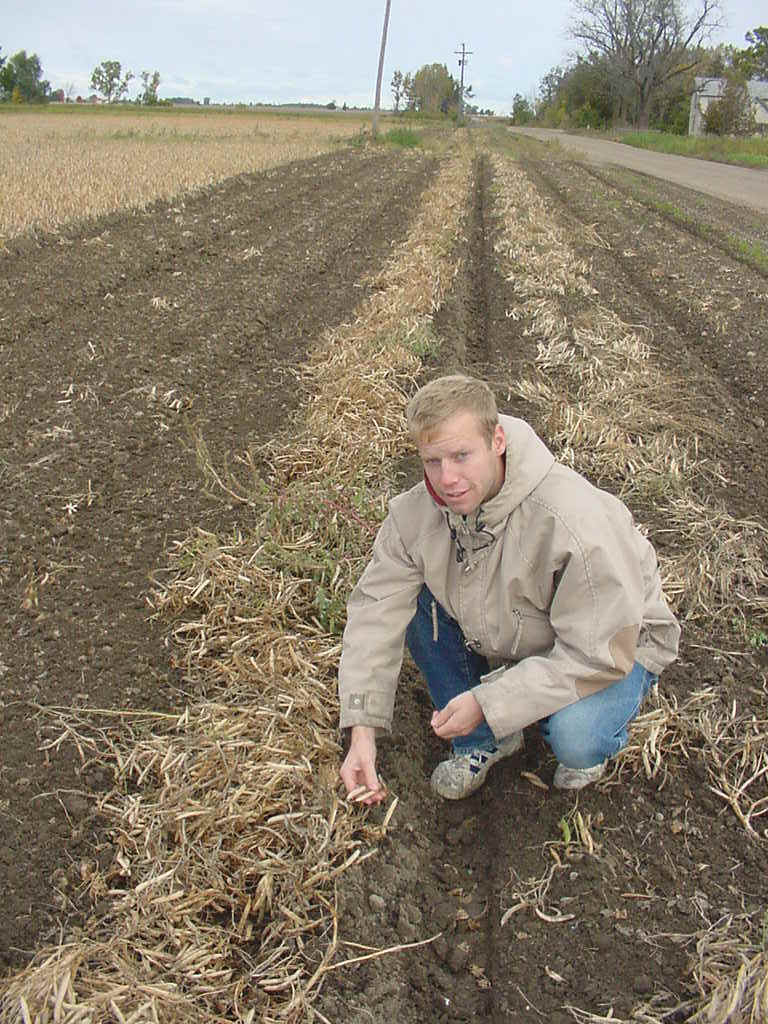
Source:
Photograph by Randy Schaetzl, Professor of Geography - Michigan State University
After a few more days of drying in the rows, the beans are picked up by a combine and
separated from their shells.
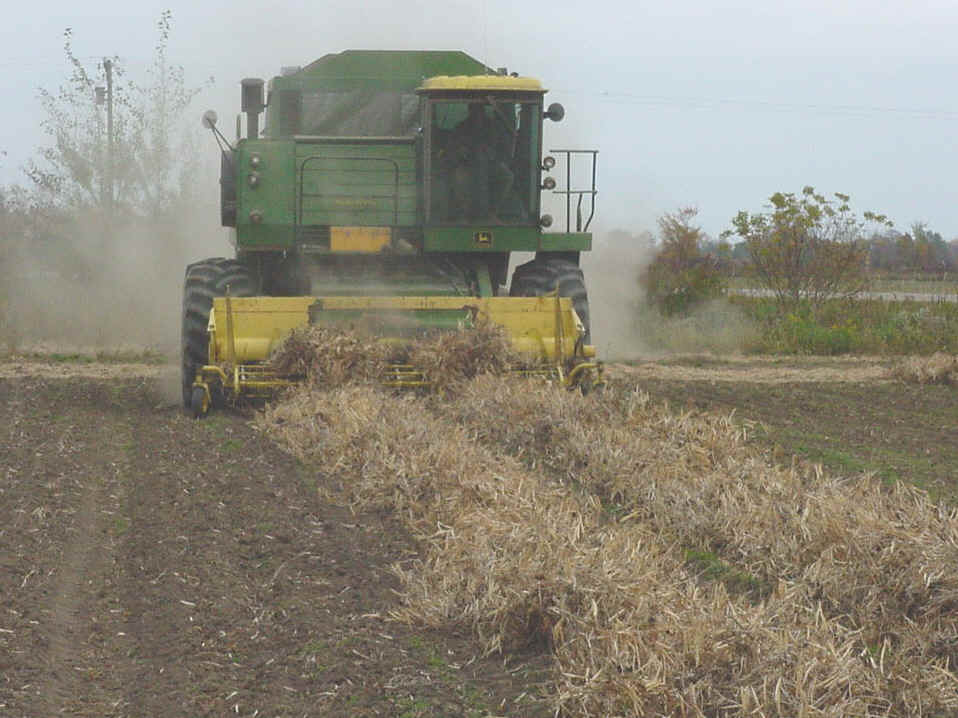
Source:
Photograph by Randy Schaetzl, Professor of Geography - Michigan State University
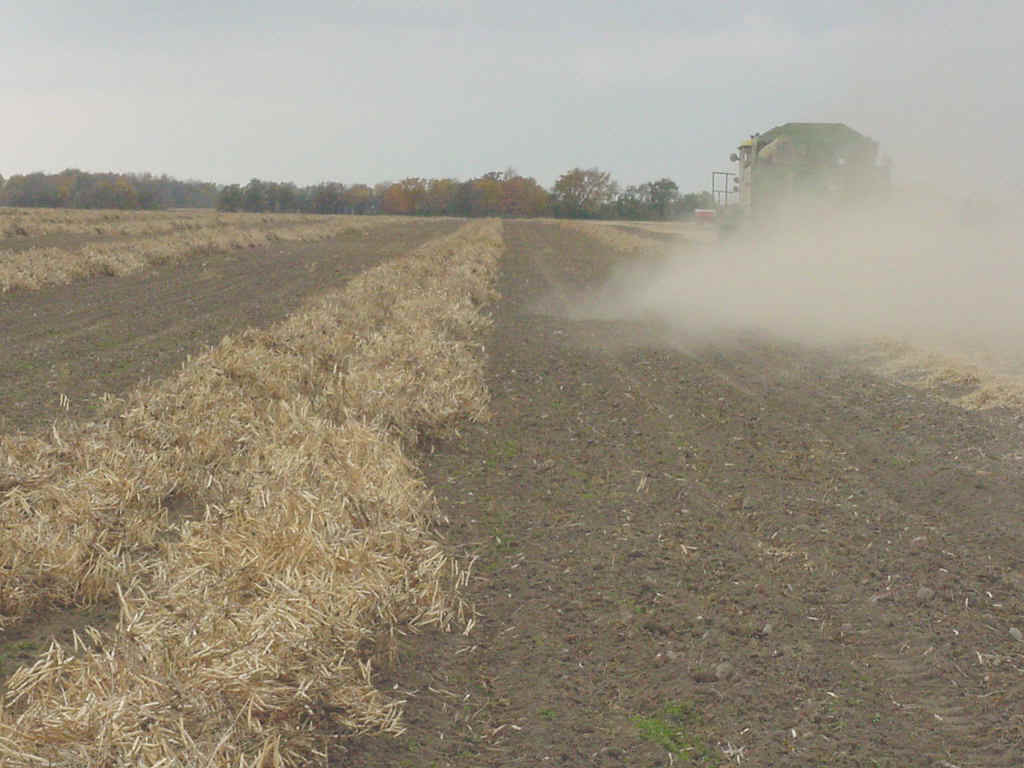
Source:
Photograph by Randy Schaetzl, Professor of Geography - Michigan State University
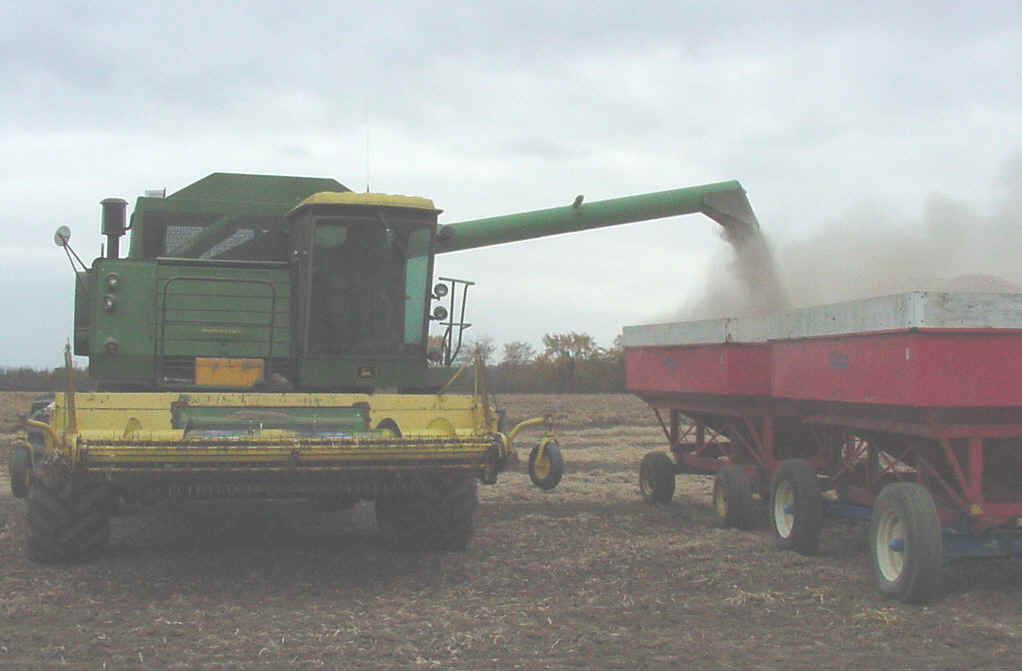
Source:
Photograph by Randy Schaetzl, Professor of Geography - Michigan State University
The best time to cut the bean stem is before dawn, when dew on the plants help prevent the
pods from breaking open and spilling the beans on the ground. After four to five days or
when the windrows have dried thoroughly, the bean plants are picked up with a machine
called a combine and the beans are removed from the pods.
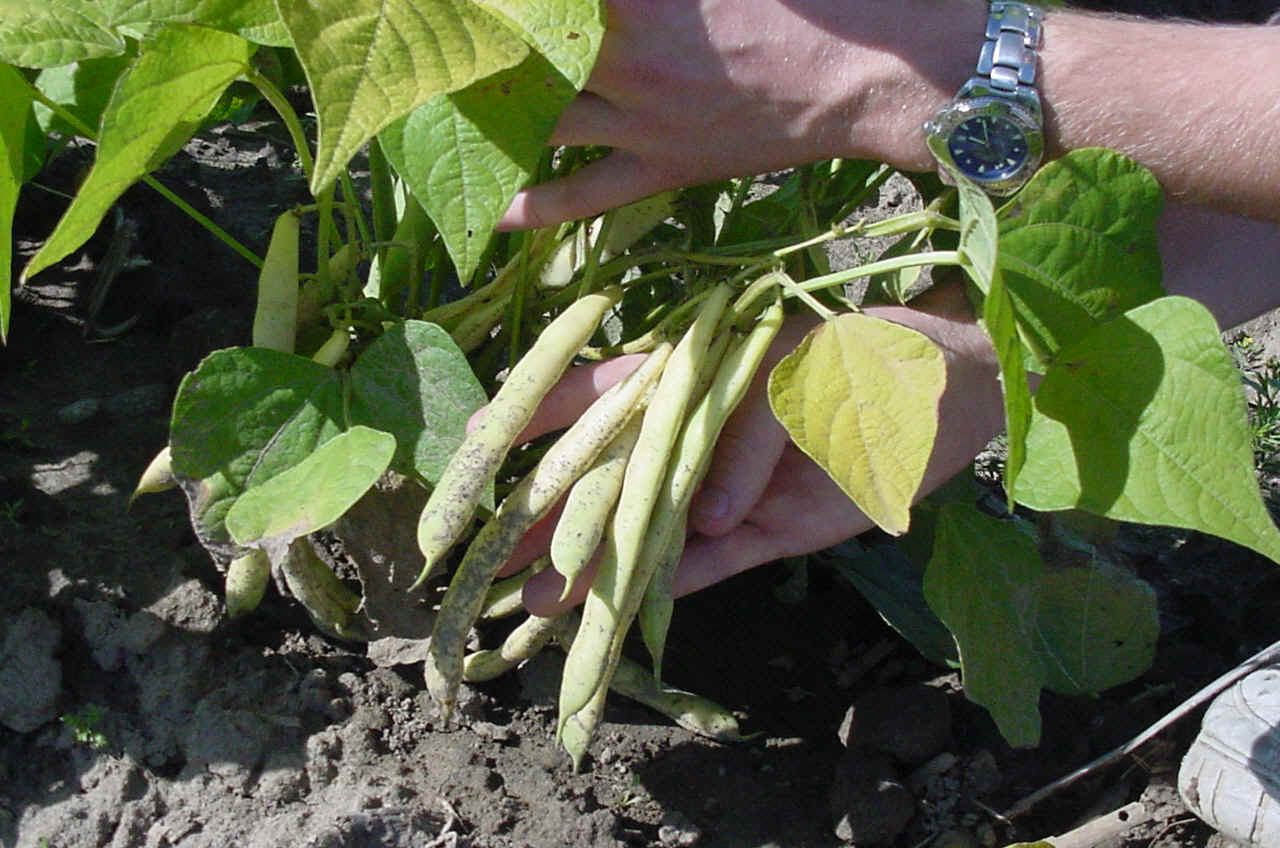
Source:
Photograph by Randy Schaetzl, Professor of Geography - Michigan State University
Dry edible bean producers make adjustments to their combines to protect
the beans from being damaged. Damaged, split or broken beans are not acceptable to canners
or packagers.
This material has been compiled for educational use only, and may not be reproduced without permission. One copy may be printed for personal use. Please contact Randall Schaetzl (soils@msu.edu) for more information or permissions.